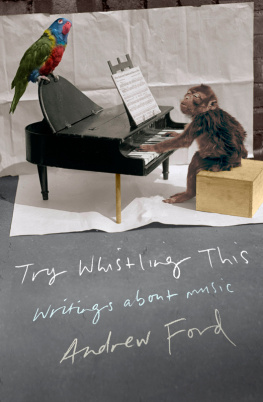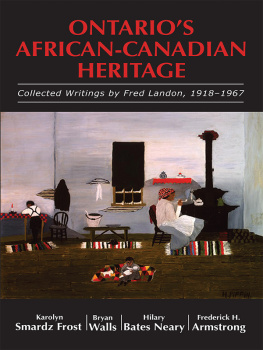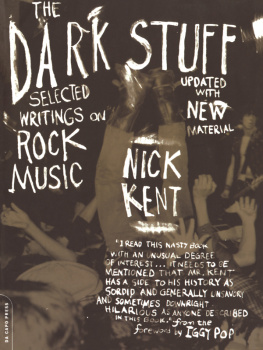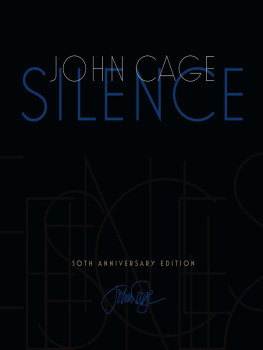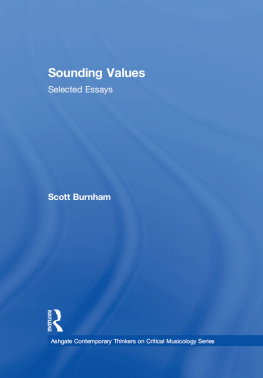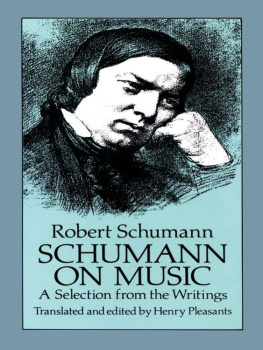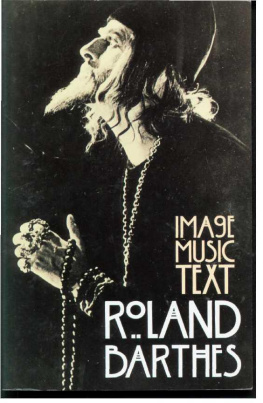Mapping Canadas Music

Helmut Kallmann, ca. 1997, wearing his Order of Canada insignia; on the shelf over his left shoulder: Encyclopedia of Music in Canada, first and second editions, and several volumes of The Canadian Musical Heritage. Photograph Government of Canada. Reproduced with the permission of the Minister of Public Works and Government Services Canada (2012). Source: Library and Archives Canadas website, http://www.collectionscanada.gc.ca/ .
Mapping Canadas Music
Selected Writings of Helmut Kallmann
John Beckwith and Robin Elliott, editors

Wilfrid Laurier University Press acknowledges the financial support of the Canada Council for the Arts for our publishing program. We acknowledge the financial support of the Government of Canada through the Canada Book Fund for our publishing activities.

Library and Archives Canada Cataloguing in Publication
Kallmann, Helmut, 19222012
Mapping Canadas music : selected writings of Helmut Kallmann / Helmut Kallmann ; John Beckwith and Robin Elliott, editors.
Includes bibliographical references and index.
Also available in electronic formats.
ISBN 978-1-55458-891-6
1. MusicCanadaHistory and criticism. 2. Kallmann, Helmut, 19222012. I. Beckwith, John, 1927 II. Elliott, Robin, 1956 III. Title.
ML205.K315 2013 780.971 C2012-907199-4
Electronic monograph in PDF and EPUB formats.
Also available in print format.
ISBN 978-1-55458-892-3 (PDF).ISBN 978-1-55458-893-0 (EPUB)
1. MusicCanadaHistory and criticism. 2. Kallmann, Helmut, 19222012. I. Beckwith, John, 1927 II. Elliott, Robin, 1956 III. Title.
ML205.K315 2013 780.971 C2012-907200-1
Cover design by Blakeley Words+Pictures. Cover image: musical excerpt from Le Papillon, Op. 18, tude for solo piano (1874), by Calixa Lavalle (18421891). Text design by James Leahy.
2013 Wilfrid Laurier University Press
Waterloo, Ontario, Canada
www.wlupress.wlu.ca
This book is printed on FSC recycled paper and is certified Ecologo. It is made from 100% post-consumer fibre, processed chlorine free, and manufactured using biogas energy.
Printed in Canada
Every reasonable effort has been made to acquire permission for copyright material used in this text, and to acknowledge all such indebtedness accurately. Any errors and omissions called to the publishers attention will be corrected in future printings.
No part of this publication may be reproduced, stored in a retrieval system, or transmitted, in any form or by any means, without the prior written consent of the publisher or a licence from the Canadian Copyright Licensing Agency (Access Copyright). For an Access Copyright licence, visit http://www.accesscopyright.ca or call toll free to 1-800-893-5777.
Contents
List of Illustrations
The illustrations appear on 47.
Preface and Acknowledgements
It was in October 2011 that we first had the idea to honour Helmut Kallmanns contributions to Canadian music research by assembling a collection of his writings. After his death from kidney failure at the age of eightynine on 12 February 2012, the book assumed the added significance of serving as a memorial to his lifes work. We have chosen seventeen of his writings for this collectionfive of them are published here for the first time and twelve were previously published, though many of these appeared in sources that are not easily accessible at present. Almost all deal with some aspect of Canadian music; included are reviews, autobiographical reflections, research articles, a reception history, and reminiscences of several major Canadian music publications and projects with which Kallmann was involved.
Helmut Kallmanns daughter, Liora Salter, kindly gave us free and full access to his personal archivesome fifty boxes of books and periodicals, and four filing cabinets full of his writings. We thank her for her support of this venture, including permission to publish these writings and reproduce the illustrations. Shelley Zhang, a recent graduate of the Bachelor of Music program at the University of Toronto, was an efficient, diligent, and astute research assistant who typed and formatted all of the articles. Dawn Keer graciously loaned copies of photos from her University of Alberta thesis, an invaluable study of Kallmanns career. At Library and Archives Canada, Ottawa, Richard Green and Florence Hayes provided background information on the work of the department which Kallmann initiated. Kathleen McMorrow contributed her knowledge and experience in making the index.
At Wilfrid Laurier University Press, we thank the director, Brian Henderson, for his swift acceptance of our proposal for this book, and the acquisitions editor, Ryan Chynces, for seeing it through to completion. James Leahy was the expert copy editor of the book, and we are grateful to him for the care and attention that he devoted to this task. We also wish to thank the four anonymous external reviewers, whose comments were thoughtful, detailed, and well informed; the book has benefited greatly from the insights of these careful readers.
We feel especially fortunate to have received financial assistance from a number of sources towards the preparation and publication of this book. The (US) Music Library Association chose it as the 2013 recipient of the Carol June Bradley Award; the Sonja and Michael Koerner Foundation and the Institute for Canadian Music, University of Toronto, provided further generous funding. We view these gestures of support as symbolic of the enduring value of Kallmanns life and work.
J.B., R.E.
Helmut Kallmann: A Brief Biography
The Faculty of Music representative on the editorial committee of Torontonensis 1949, the yearbook published by the Students Administrative Council of the University of Toronto, is listed as Helmut Kallman, an early example of a misspelling of his surname that later became widespread. Kallmanns photo is fifteenth in alphabetical order in the Faculty of Musics 1949 graduating class of twenty-eight. The group is historically significant as the first graduating class of the Bachelor of Music program in School Music (later, Music Education), inaugurated in 1946. Each photo carries a name and two lines of identificationthe students special undergraduate activity or function, followed by his/her future plans. Kallmanns entry reads: Music Reviewer for The Varsity; To Study More Music and Be Useful. In Montreal, years later, Kallmann recalled this last phrase when he accepted the 2007 Friends of Canadian Music Award. Writing about music, constantly studying music, and being in myriad ways a useful member of society: it reads like an advance description of his long career.
Most of his fellow students enrolled to qualify as public-school music specialists. Such was not Kallmanns ambition, but he was steered to the then-new program because it promised a full range of instruction and its staff was young and eager, compared to the established General Music degree program of the Faculty. Richard Johnston, one of his professors, recalled years later: He was quiet. He was shy He was also very bright If I ever dared to ask him a question he always had the answer and he was always correct. [W]henever he opened his mouth to say anything he had something worth listening to.). This frank account of the state of post-secondary studies in music in Canada at the time might appear arrogant except that he prepared it only for himself.
Next page

